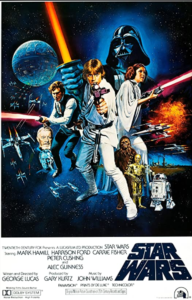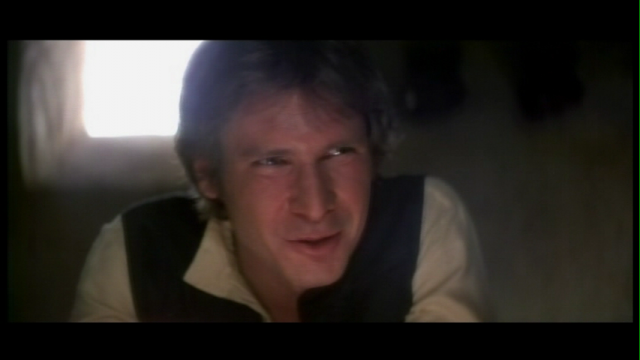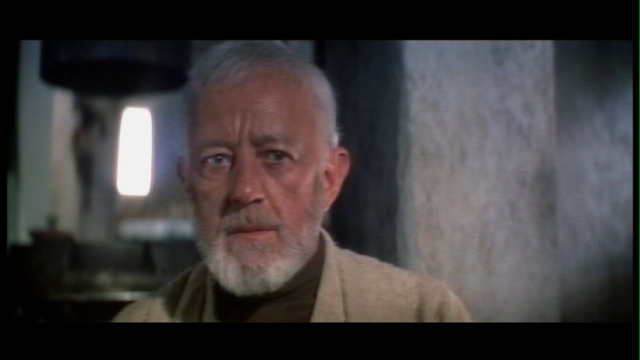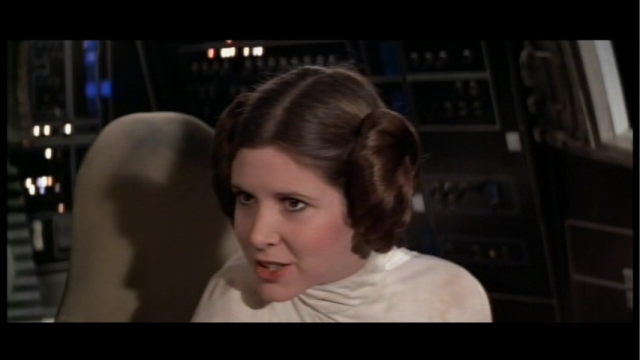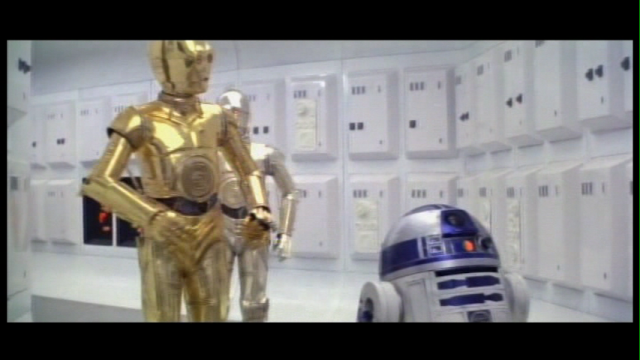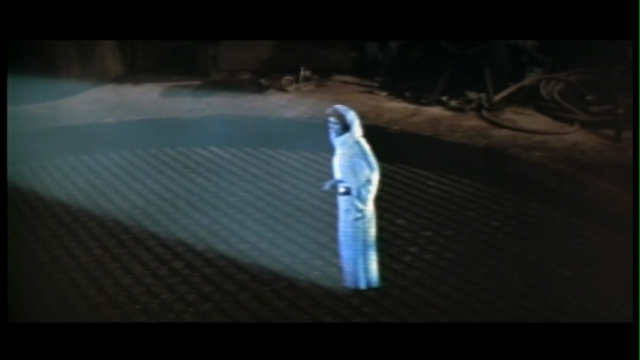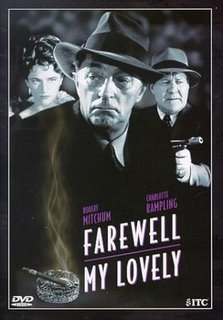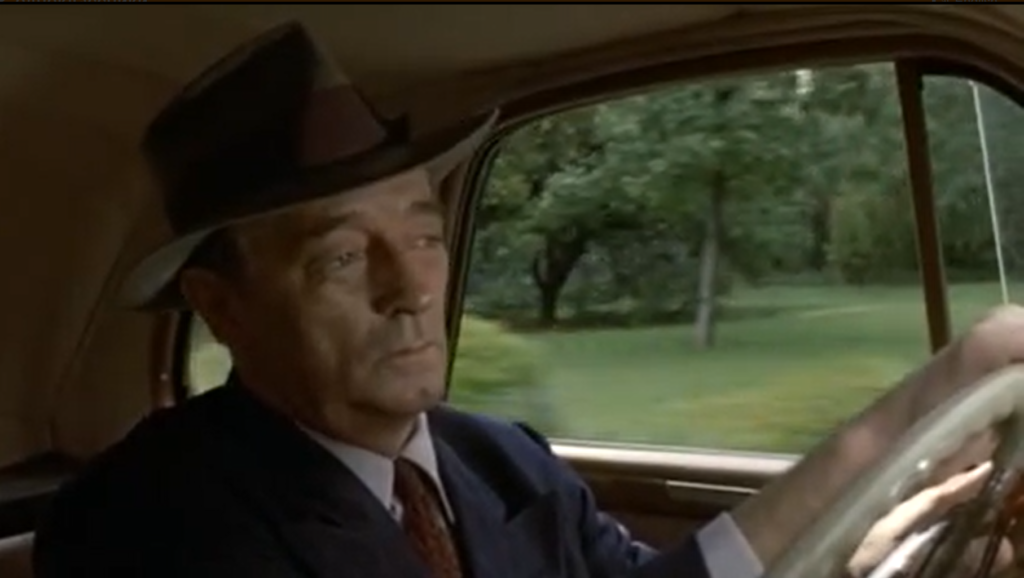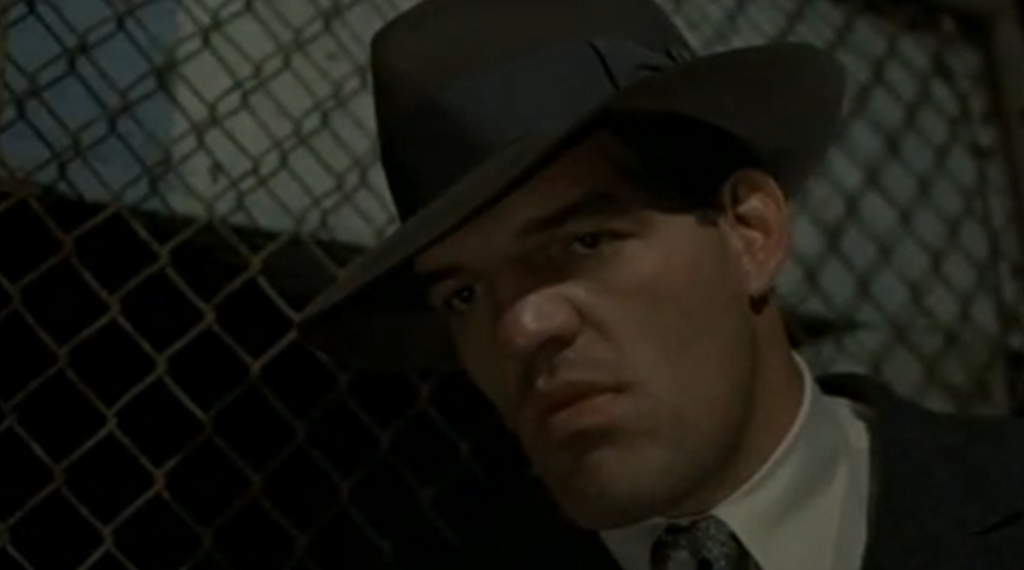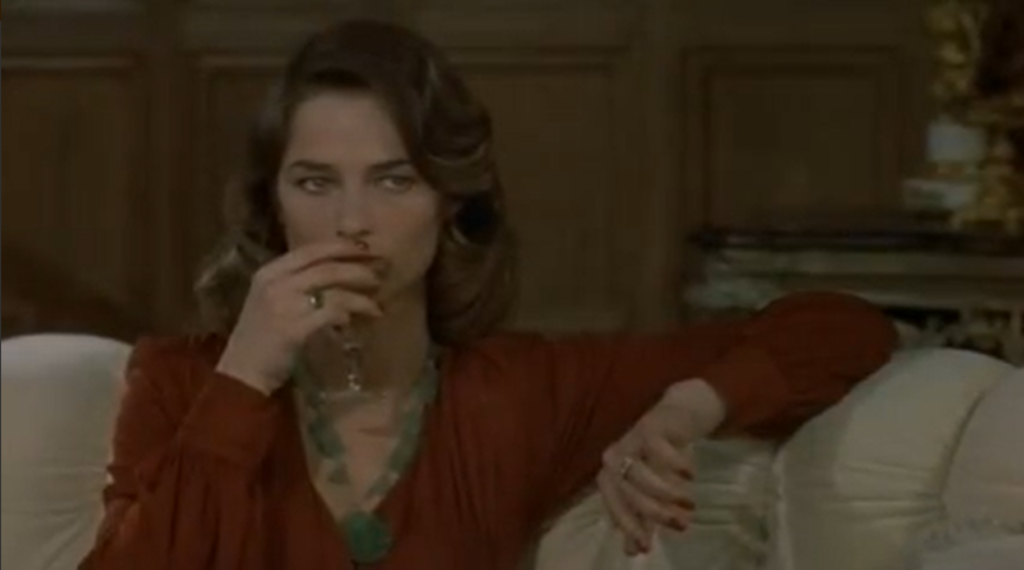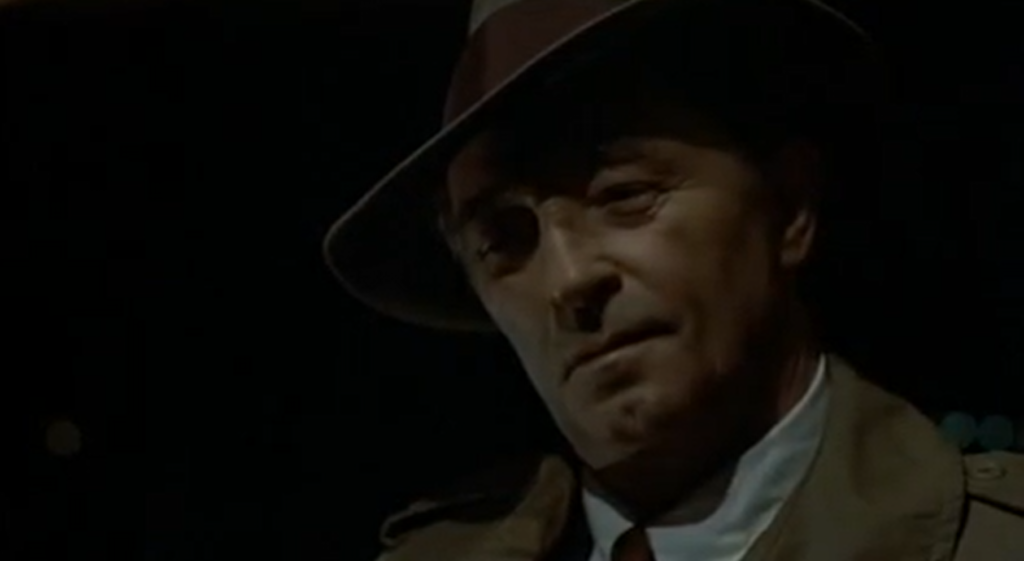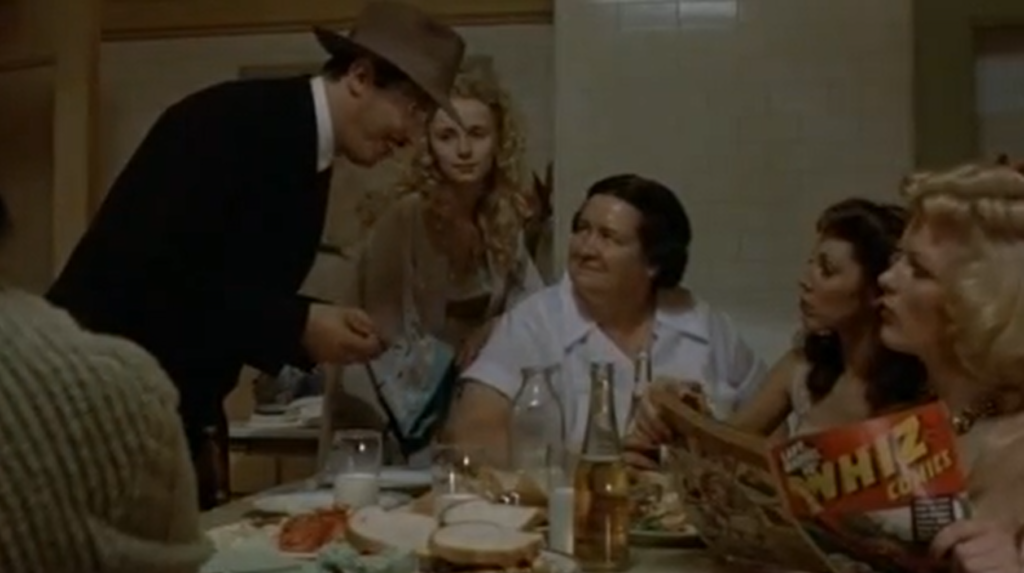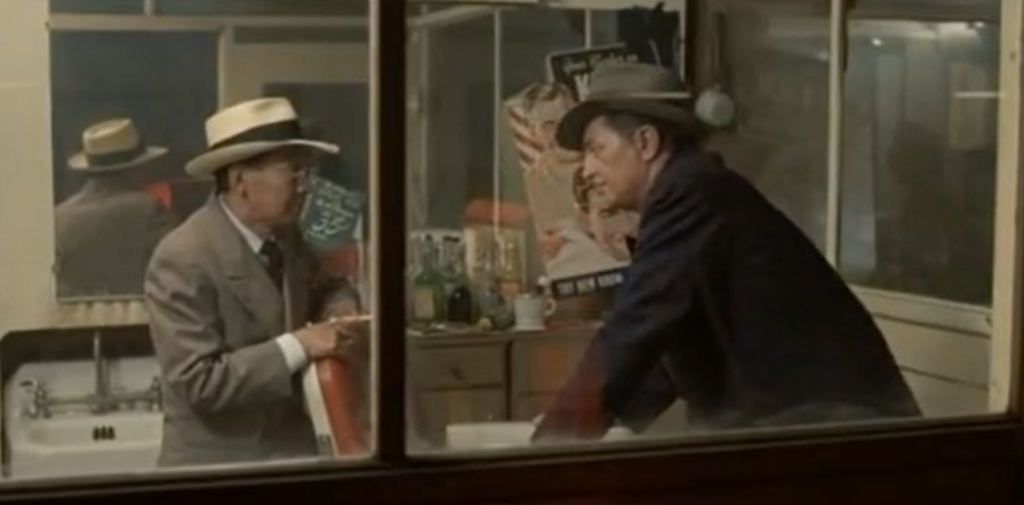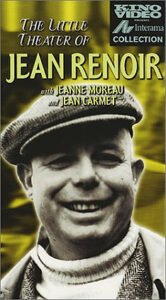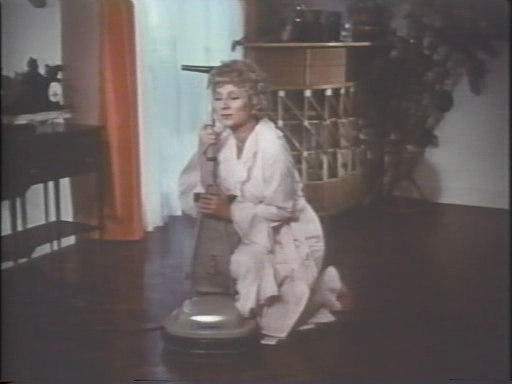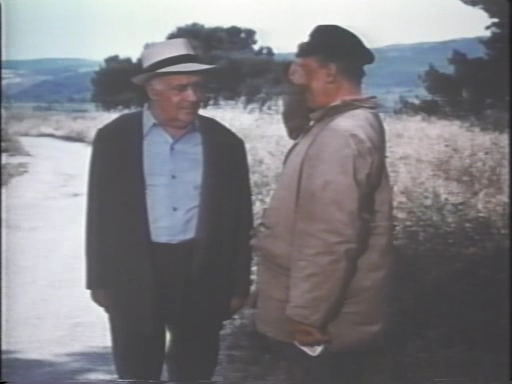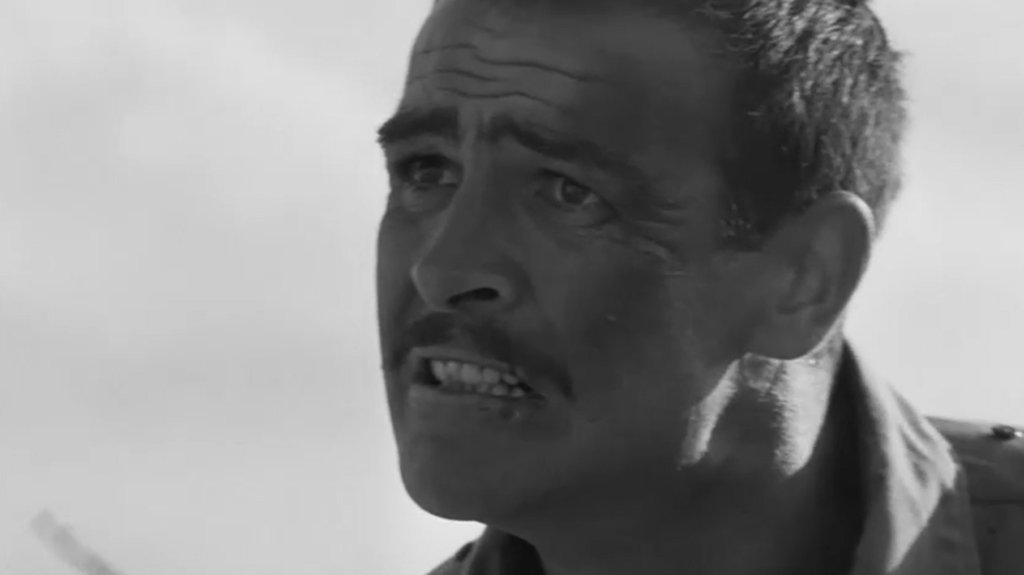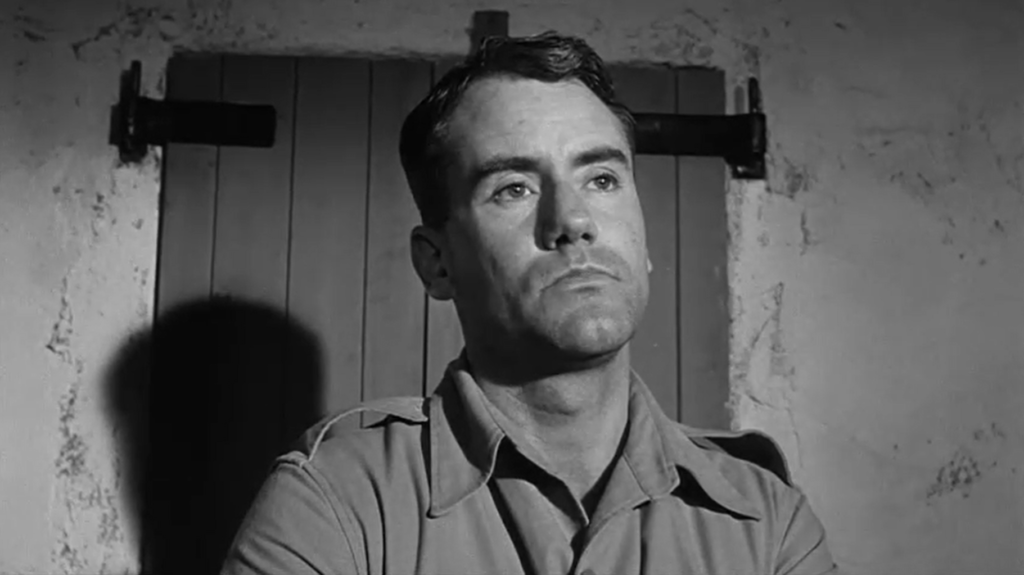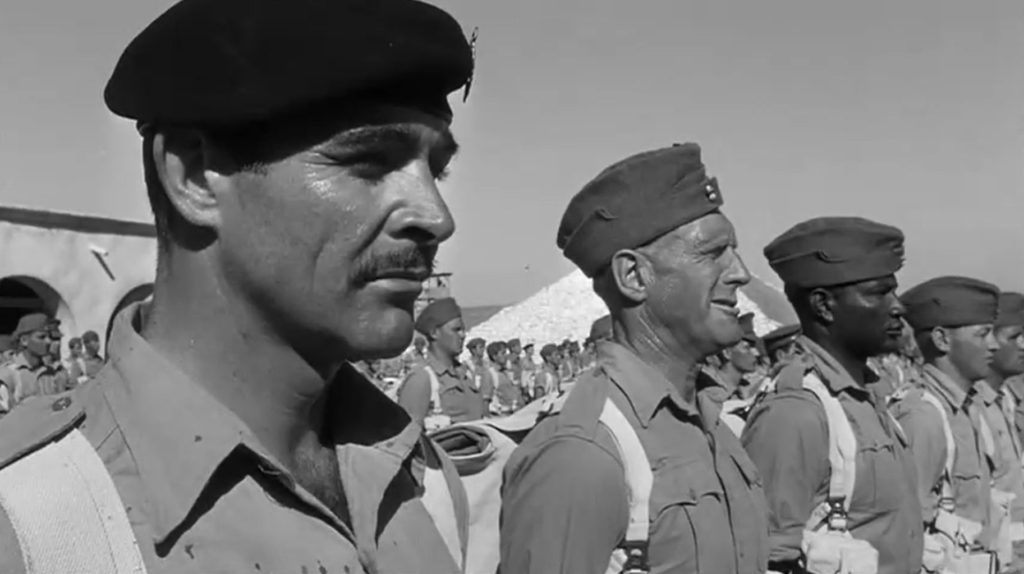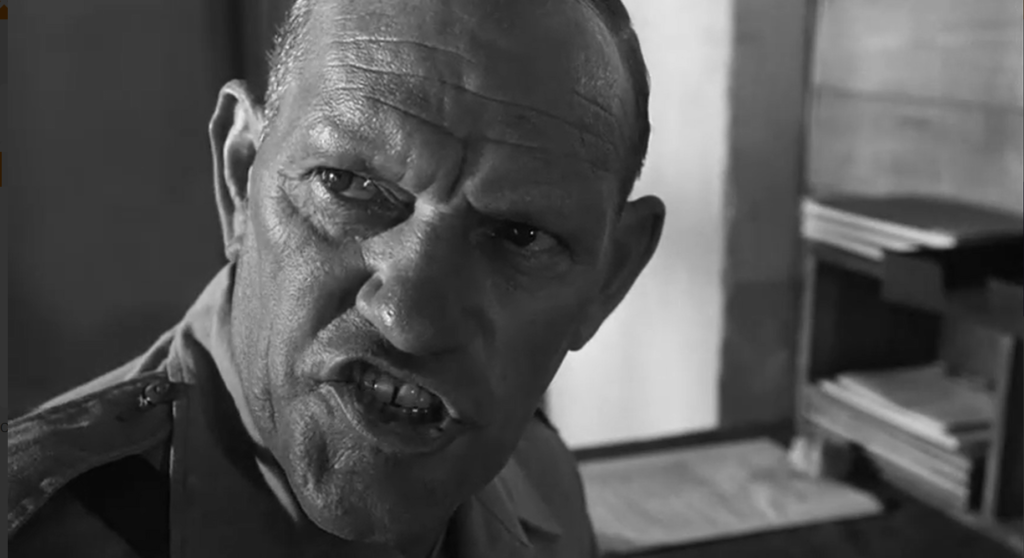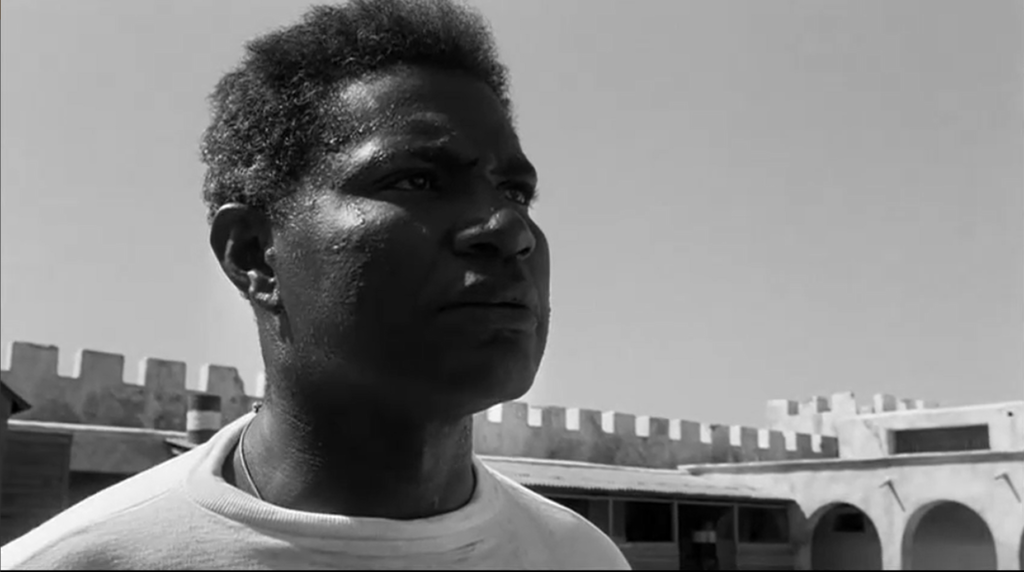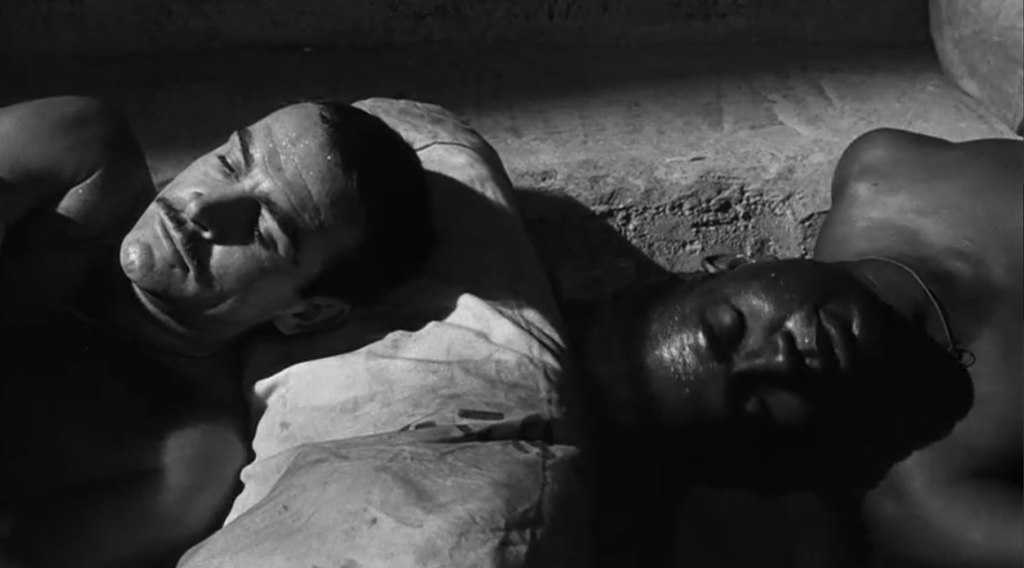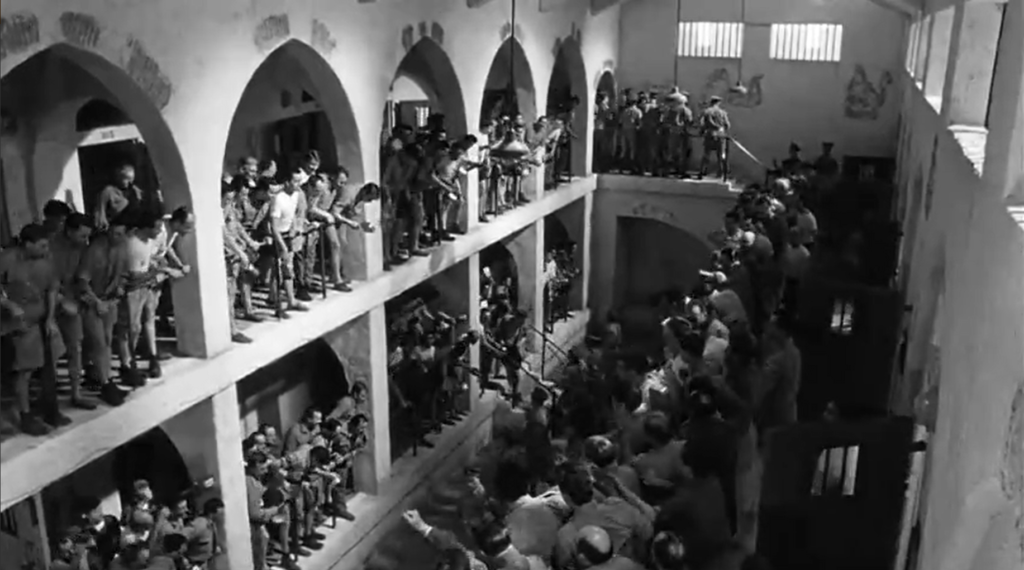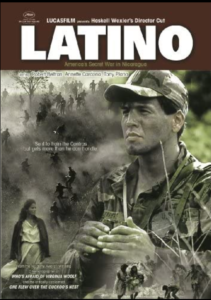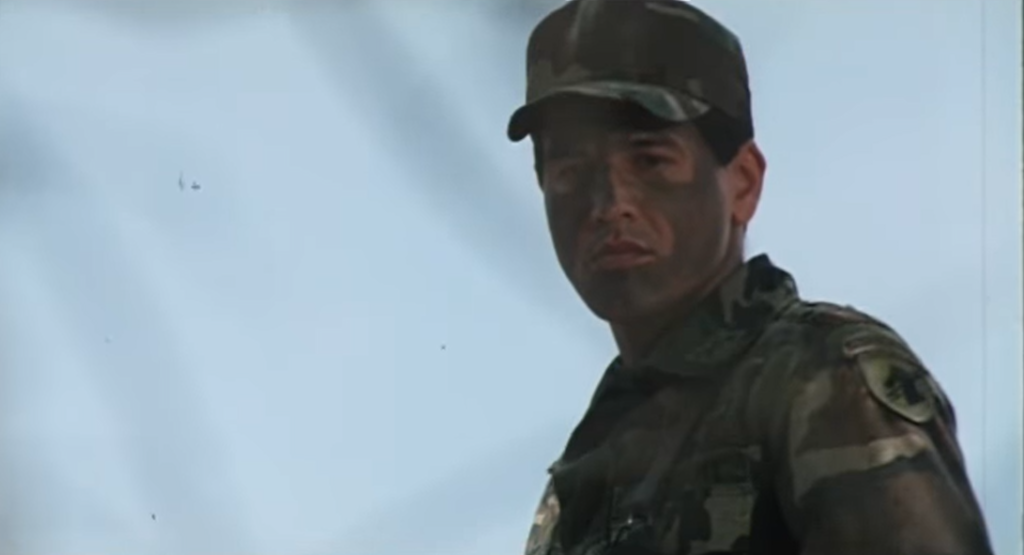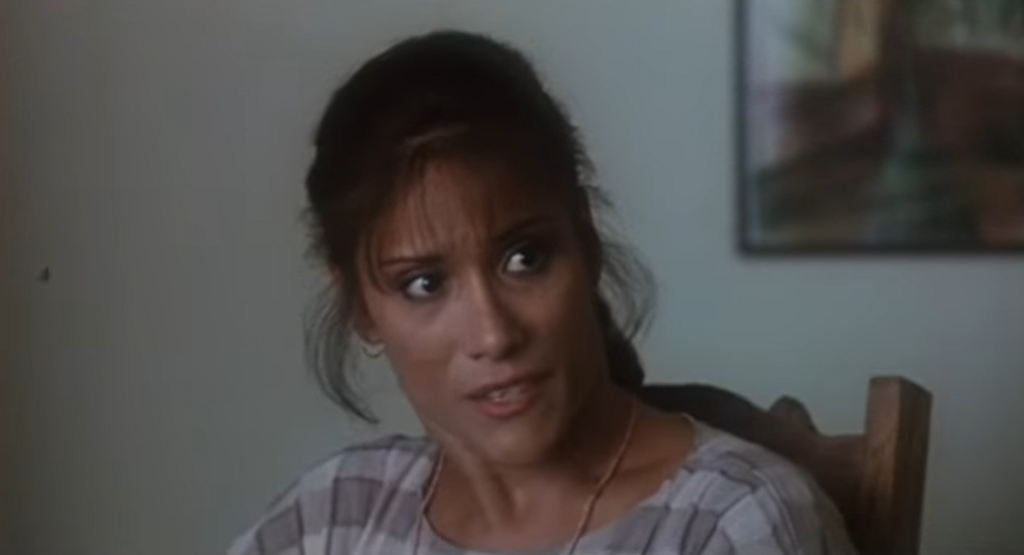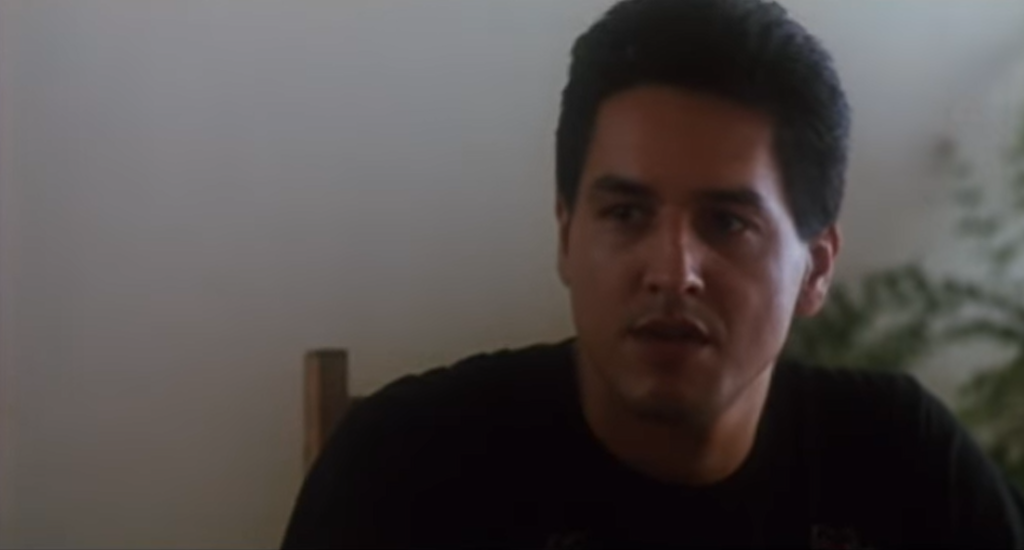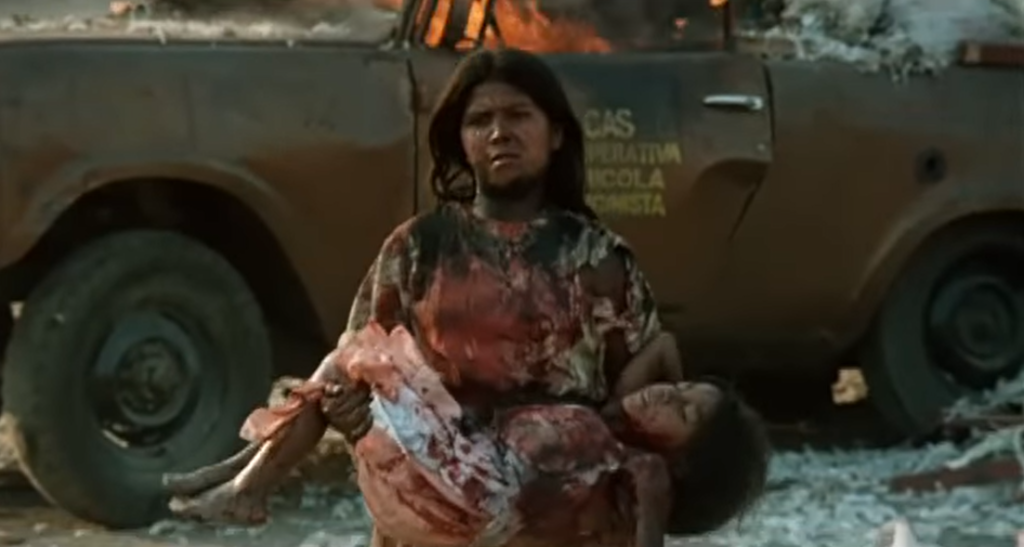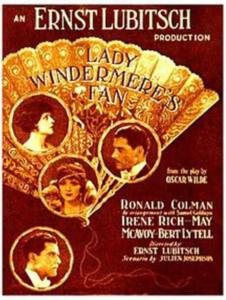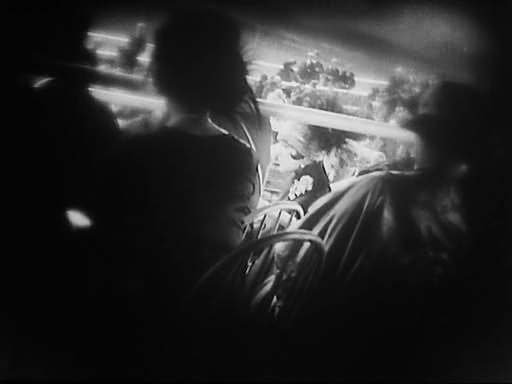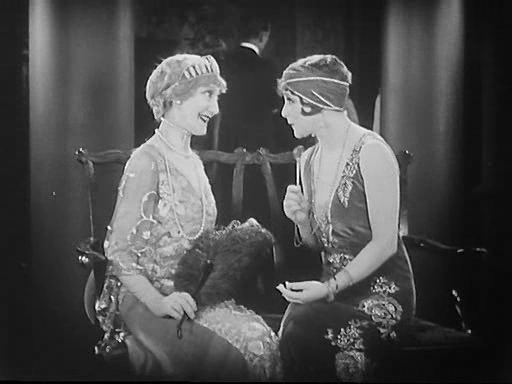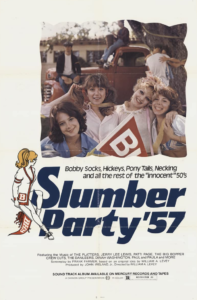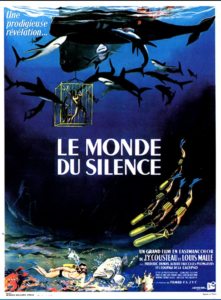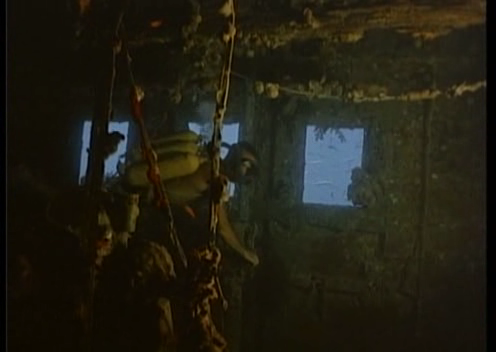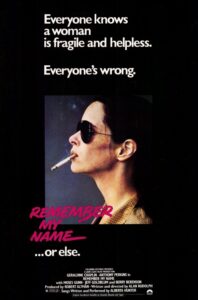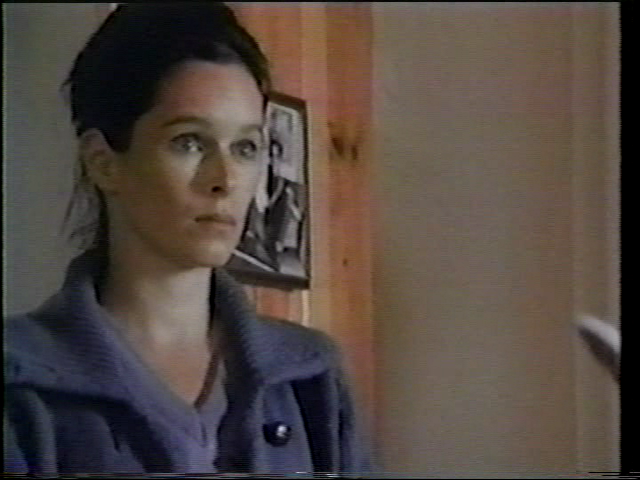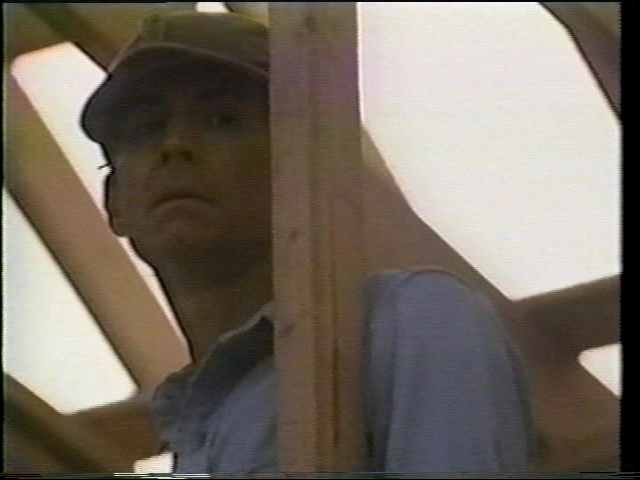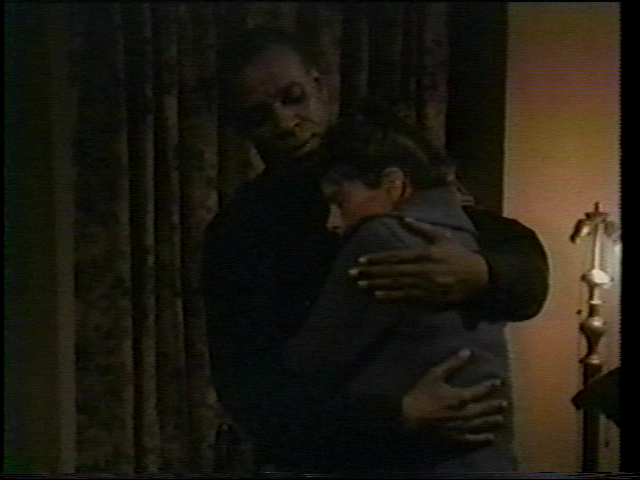Star Wars (1977)
“The force will be with you, always.”
|
Synopsis: |
|
Genres, Themes, Actors, and Directors:
Response to Peary’s Review: Sophisticated modern viewers seeing Star Wars for the first time may actually wonder what all the fuss is about, given that much of it comes across today as either campy (i.e., the infamous “cantina scene”) or dated, and the special effects — while revolutionary at the time, and still largely impressive — have since been surpassed. With that said, the film is, as Peary notes, both “craftily made”, and (with the possible exception of Hamill as Skywalker) “brilliantly cast”, effectively balancing veteran and young actors. It deservedly won a passel of Oscars: for special effects (the final battle sequence — while it goes on for too long — is especially well done), costume design, sound effects, art direction, editing, and best original score (by John Williams). Harrison Ford is hunky and memorable in his breakthrough role as Han Solo; Carrie Fisher (only 17 years old!) is effectively spunky as Princess Leia (those buns!); and Alec Guinness couldn’t have been better cast as the “wise and noble Jedi warrior Ben ‘Obi-Wan’ Kenobi”. Film fanatics, regardless of their personal connection with the movie, will doubtless agree that its “tremendous spirit, sense of fun and adventure, excitement, hip humor, imaginative characters, and fast-paced, uncomplicated story” deservedly “touched a universal nerve”, and that Star Wars remains indispensable “must see” viewing. Redeeming Qualities and Moments:
Must See? Categories
(Listed in 1001 Movies You Must See Before You Die) Links: |
